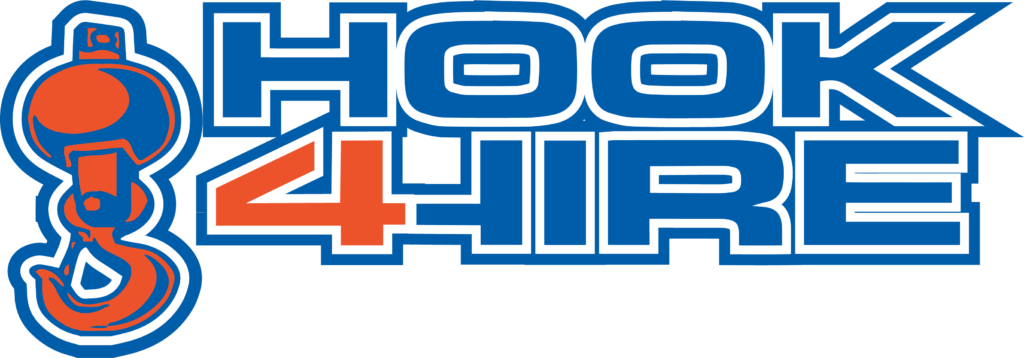When choosing the best rigging equipment for your project, there are many factors to consider. The first step is to assess the project’s requirements and goals. What type of lifting will be required? What are the weight and size restrictions of the load? What is the working environment?
Once you have a clear understanding of the project’s needs, you can begin to narrow down your options.
Three Main Types of Rigging Equipment:
Each type of equipment has its advantages and disadvantages. It is important to select the right type of equipment for the job at hand.
1. Cranes
Cranes are versatile pieces of equipment that can be used for various lifting applications. They are available in a range of sizes and capacities and can be configured to meet the specific needs of your project. Cranes can be used to lift heavy loads, but they are also capable of delicate lifting applications.
2. Hoists
Hoists are lifting devices that use a system of pulleys and cables to raise and lower loads. Hoists are available in various sizes and capacities and can be used for multiple applications. Hoists are typically used for lighter loads, but some models are designed for heavy-duty applications.
3. Slings
Slings are simple devices that are used to lift and transport loads. Slings are available in various materials, including chains, rope, and webbing.
Factors to Consider When Choosing the Right Rigging Equipment
When choosing rigging equipment, it is important to consider the following factors:
1. Safety
When choosing the best rigging equipment for your project, there are many factors to consider. The first and most important factor is safety. Always choose equipment that is rated for the loads you will be lifting. Never exceed the working load limit (WLL) of any component in your rigging system.
2. The Type of Load
The second factor to consider is the type of load you will be lifting. Rigging equipment is designed for different loads, such as heavy machinery, vehicles, containers, and construction materials. Be sure to select rigging equipment that is compatible with the load you will be lifting.
3. The Environment
The third factor to consider is the environment in which the rigging system will be used. Some rigging equipment is designed for use in specific settings, such as offshore rigs or high-wind areas. Other rigging equipment is designed for general use in any type of environment. Be sure to select rigging equipment appropriate for the environment in which it will be used.
4. The Lifting Method
The fourth factor to consider is the lifting method you will be using. Some rigging equipment is designed with specific lifting methods, such as cranes or forklifts. Other rigging equipment is designed for general use with any lifting method. Be sure to select rigging equipment compatible with the lifting method you will be using.
5. The Size and Weight of the Load
The fifth factor to consider is the size and weight of the load you will be lifting. Some rigging equipment is designed for specific sizes and weight loads, while others are designed for general use with any size and weight load. Be sure to select rigging equipment appropriate for the size and weight of the load you will be lifting.
Conclusion
When selecting rigging equipment for your project, always prioritize safety. Choose equipment rated for the loads you will be lifting, and be sure to select equipment compatible with the load type, lifting method, and environment in which it will be used. If you take the time to consider all of these factors, you will be able to choose the best rigging equipment for your project.
Are you looking for rigging equipment to rent? We got all you need here at Hook4Hire. Our efficient and top-quality equipment are designed to easily cover long distances and ensure project completion within the given time. No project is too big or too small for us, so get in touch with us today!
